“We really want an open floor plan.”
I have heard that a lot in all my time as a REALTOR®! And no shade—when we remodeled our home five years ago (a complete, down-to-the-studs gut job), we too opted for an open floor plan. It made a lot of sense for our young family, and in many ways, it still does. We like to have a general sense of what the kids are doing and where they are in the house. I like that I can keep an eye on my first-grader while I’m loading the dishwasher.
However, since last spring, say, oh, mid-March, I have definitely noticed that an open floor plan is not what it once was. A functional door—one that opens and closes and blocks out noise and locks is suddenly a hot feature! The truth is, life has changed since last spring. We all know it; we all feel it. But humans are adaptable, and the way that people are approaching home buying is evidence of that.
So what are people looking for in homes, and how drastically has it changed? The biggest thing I have noticed is that people want flexible spaces in their homes. A den or a family room is great; a den or a family room that can serve as a home office (complete with a door that closes) is better. When families look at kids’ bedrooms, they want ample space for a bed and a dresser, but they also want to be able to comfortably fit a study space that can accommodate online learning.
A home’s entryway is no longer just the door through which one enters or leaves the house. Now, it’s a barrier between the safety of home and the germ-ridden outside world. People want to be able to take off and store their shoes, bags, and coats, and to sanitize the things they bring into their homes—groceries, packages, and so forth. A powder room near the front door is no longer merely a space for guests; it’s now a handwashing and sanitization station.
Storage has always been high on the must-have lists of home buyers; now storage is crucial. People want ample space to keep back stock (toilet paper! canned goods!). Cupboards, walk-in pantries, under-the-stairs storage closets, fridge and freezer space—the more, the better.
And of course, outdoor space is at a premium. People have realized the correlation between time spent outside and mental health, and easy access to the outdoors is very high on wish lists. Some people are now in search of large backyards; others want space to garden and grow food. Some people are content with a small deck or patio space.
How has the pandemic made you view your space? What changes or modifications have you made in the way you live in your home? What would you look for in a new home? Are you considering buying or selling your home to accommodate changes in your life since COVID began? I would love to help; please reach out if you’d like to discuss buying or selling (or both!) your home.







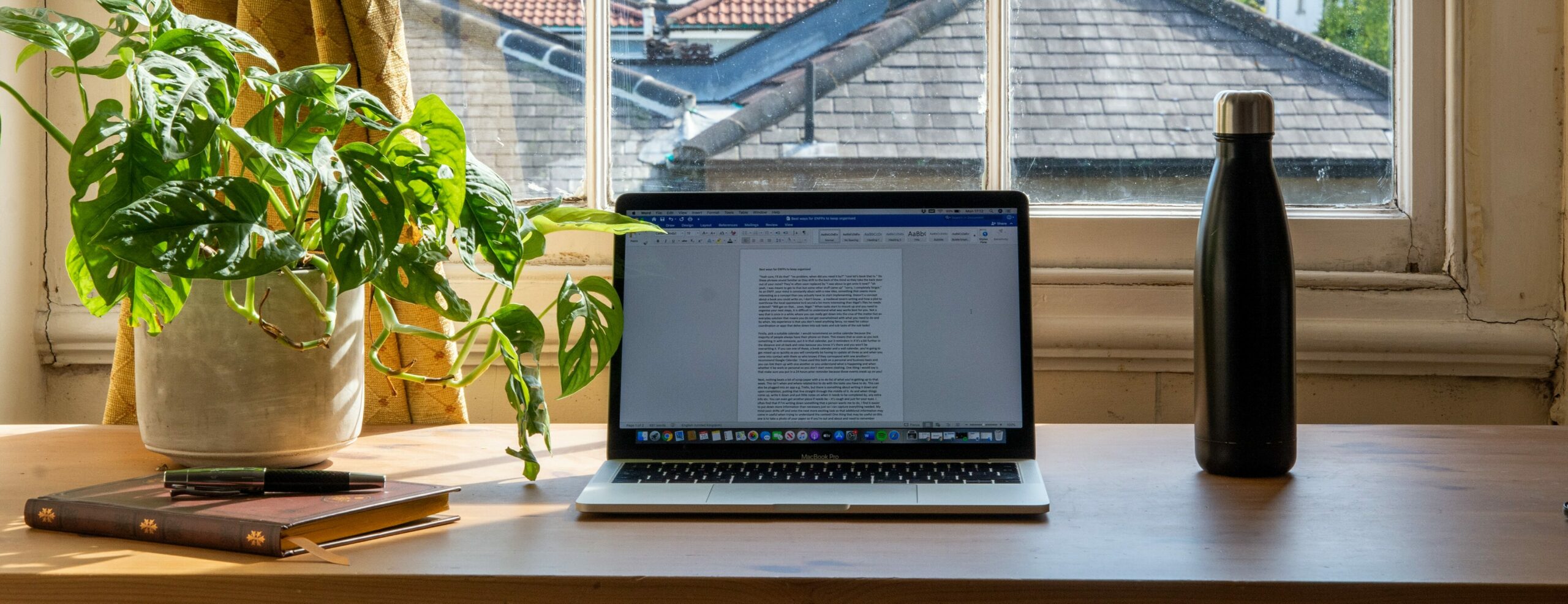




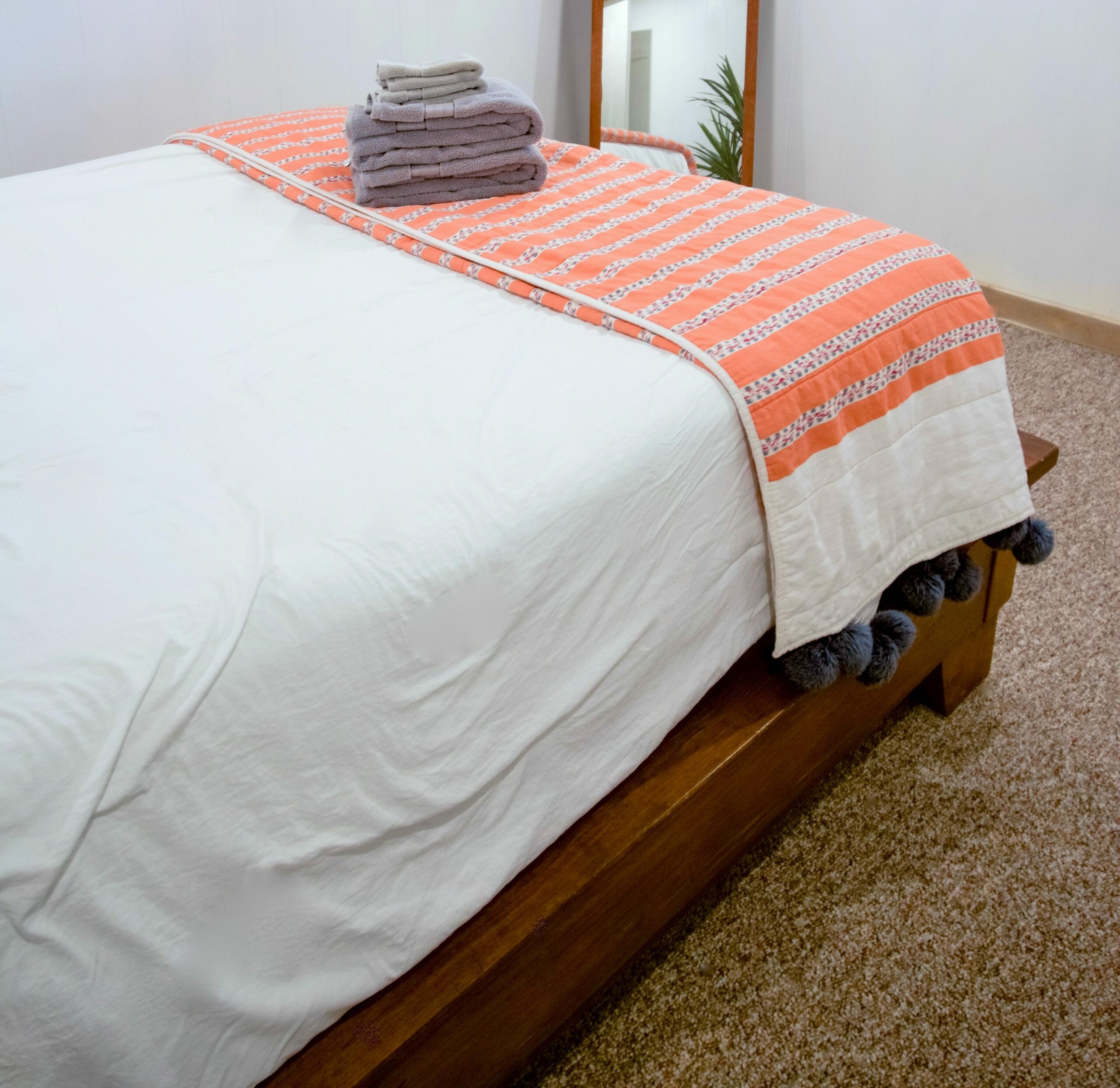
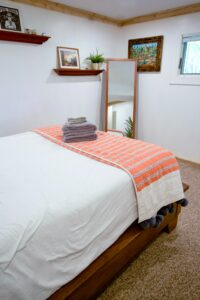 There is an art to making guests feel welcome in your home; create a warm and cozy guest space is a vital part of this. If you don’t have a designated guest room and instead rely on a den or family room, try to make the space as private as possible to give your guests a retreat. A little quiet time can go a long way in preserving harmony when everyone is under the same roof!
There is an art to making guests feel welcome in your home; create a warm and cozy guest space is a vital part of this. If you don’t have a designated guest room and instead rely on a den or family room, try to make the space as private as possible to give your guests a retreat. A little quiet time can go a long way in preserving harmony when everyone is under the same roof!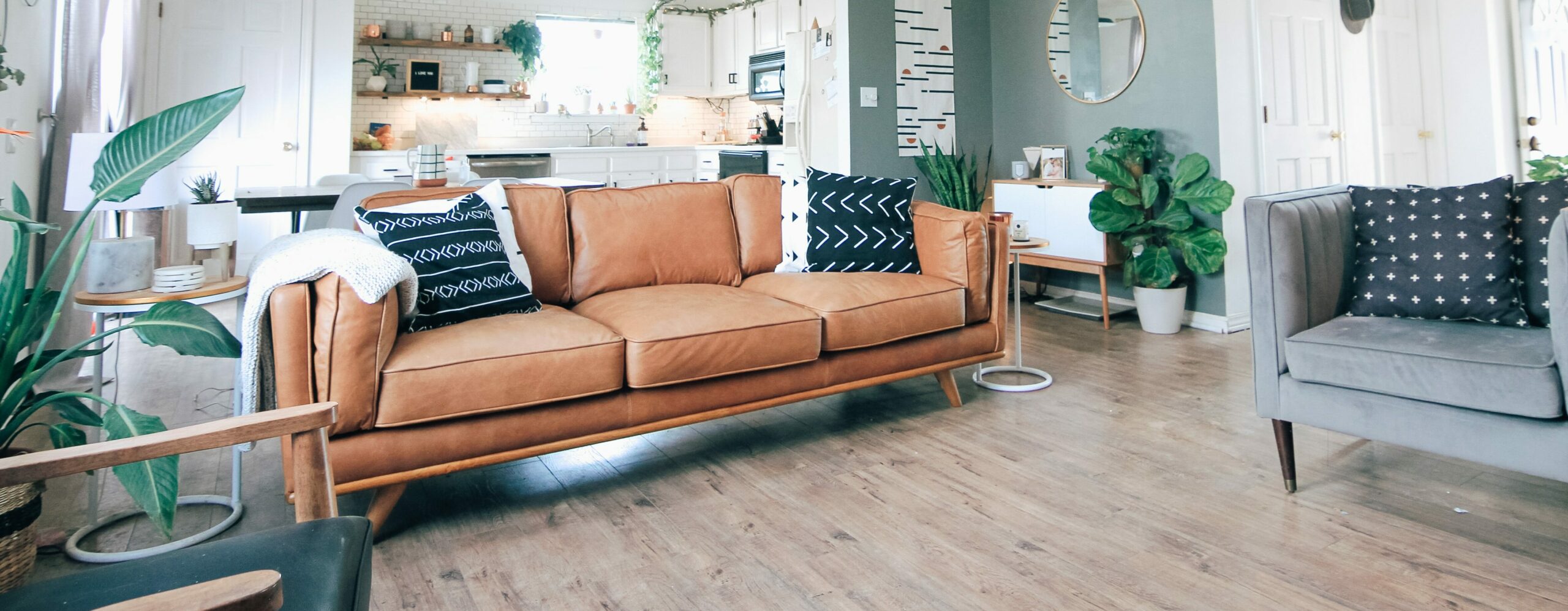
 Undoubtedly, part of the fun of house hunting is imagining what your new home will look like. Turning a vision into a reality is often easier said than done, however. No matter how much you may wish to have your home look like a photo in a magazine, careful planning and execution are crucial!
Undoubtedly, part of the fun of house hunting is imagining what your new home will look like. Turning a vision into a reality is often easier said than done, however. No matter how much you may wish to have your home look like a photo in a magazine, careful planning and execution are crucial!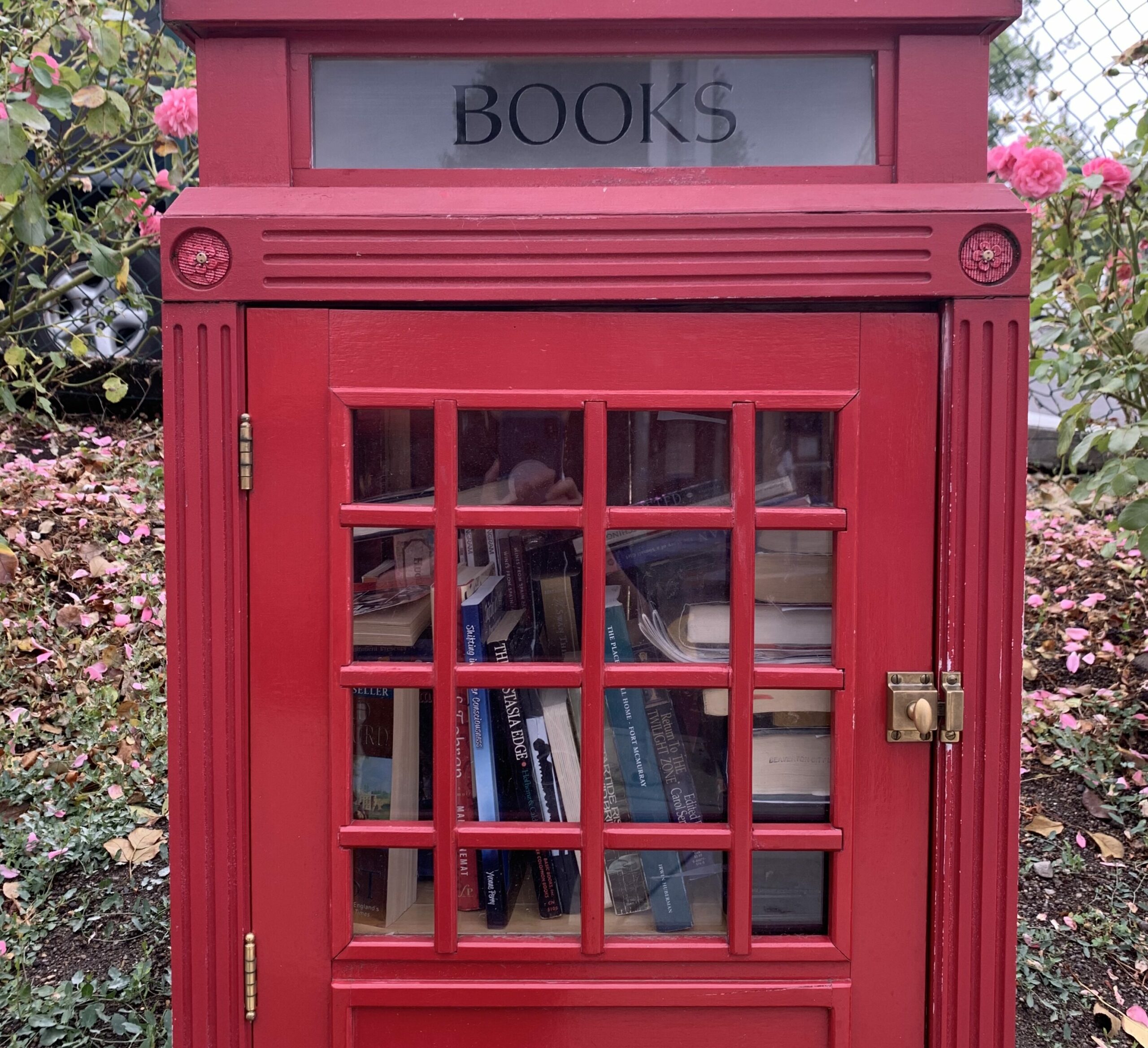
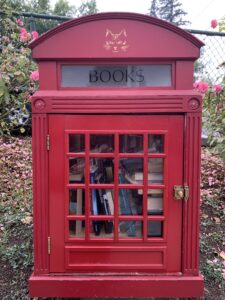 A Neighborhood Treasure: Little Free Libraries
A Neighborhood Treasure: Little Free Libraries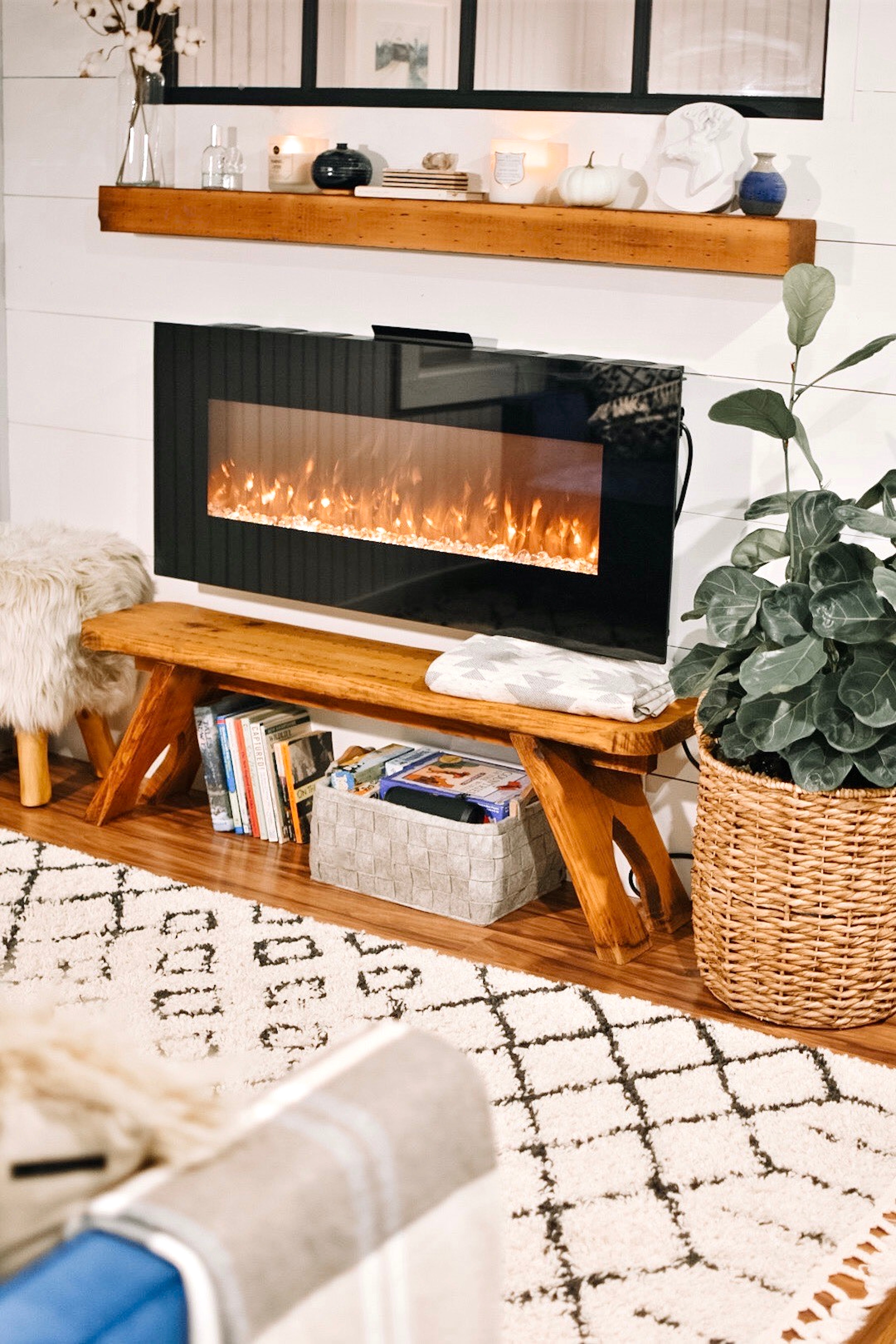
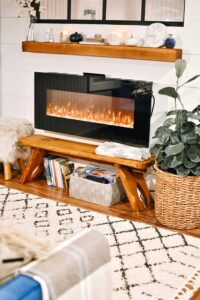 My family has spent as much time as we can outdoors over the summer months. The same is true for most people I know. We have seized every opportunity to take a walk, go on a hike, read a book outdoors, eat dinner on the deck, visit with neighbors. And it’s not just because of COVID (although that certainly was a factor this year). In the Pacific Northwest, we collectively rush outdoors on the first warm-ish day of early spring, and there we stay until the last warm-ish day of fall. We have to. We know how long and dark the rainy season will be.
My family has spent as much time as we can outdoors over the summer months. The same is true for most people I know. We have seized every opportunity to take a walk, go on a hike, read a book outdoors, eat dinner on the deck, visit with neighbors. And it’s not just because of COVID (although that certainly was a factor this year). In the Pacific Northwest, we collectively rush outdoors on the first warm-ish day of early spring, and there we stay until the last warm-ish day of fall. We have to. We know how long and dark the rainy season will be.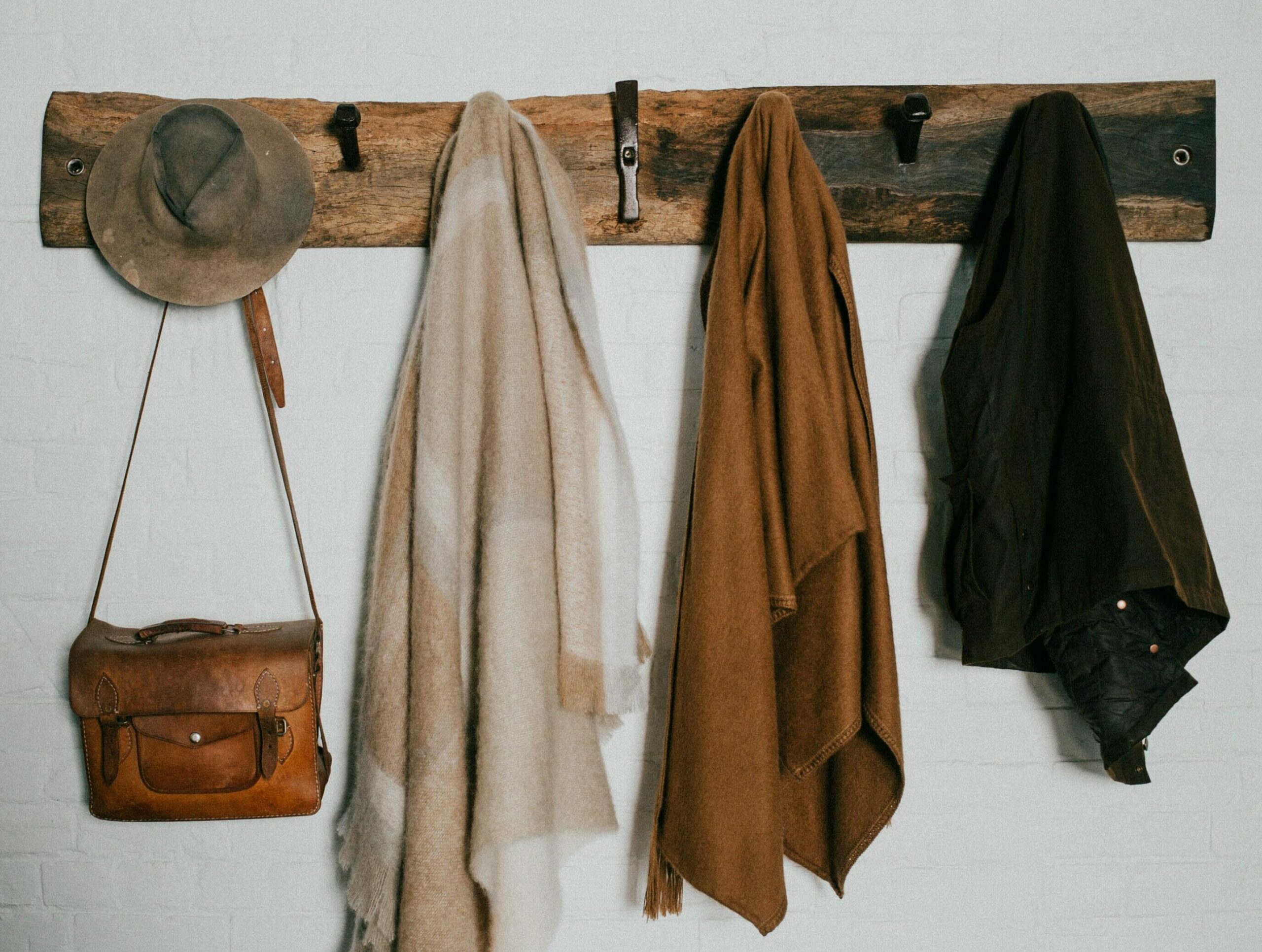

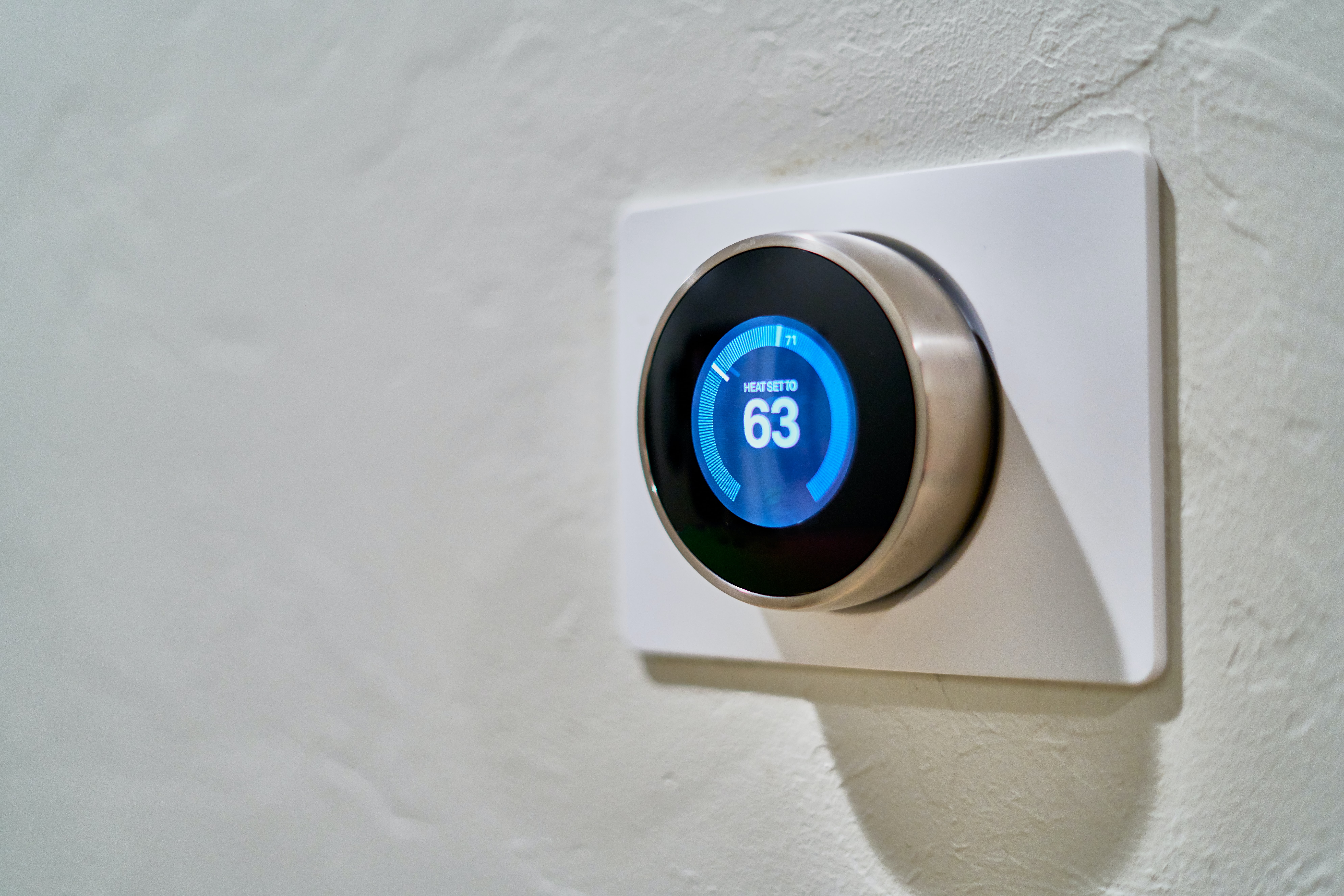
 If you’ve bought or sold a home in the last year or two in the city of Portland, or if you’ve just cruised real estate listings online for fun (I know—I do it, too!), you have probably noticed “HES” accompanied by a number in the home descriptions. “HES” stands for “
If you’ve bought or sold a home in the last year or two in the city of Portland, or if you’ve just cruised real estate listings online for fun (I know—I do it, too!), you have probably noticed “HES” accompanied by a number in the home descriptions. “HES” stands for “